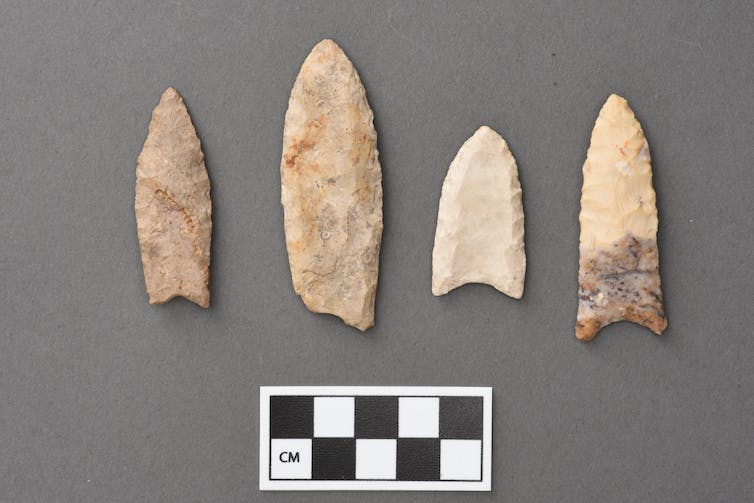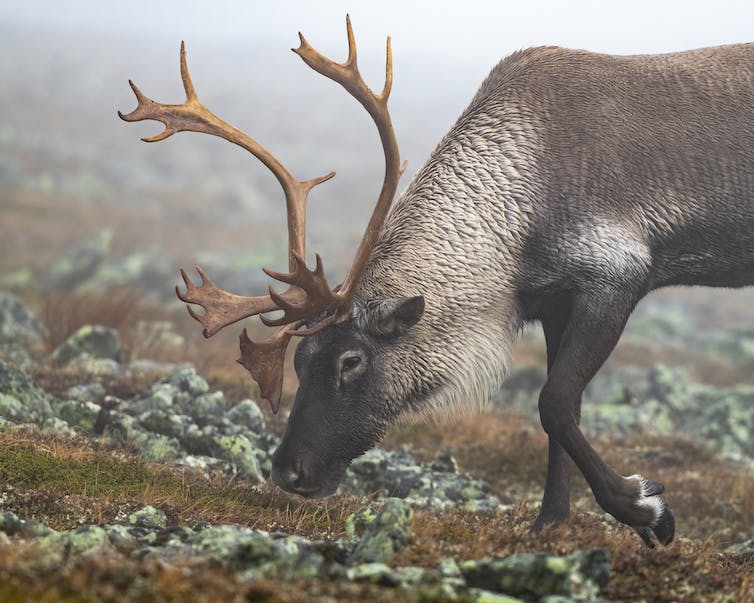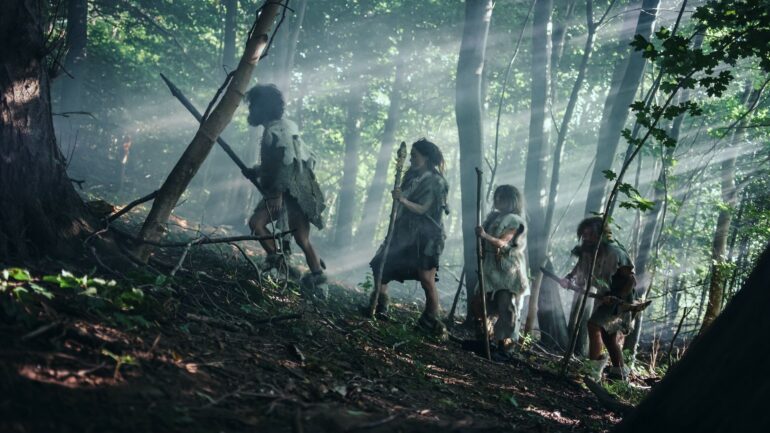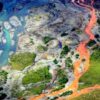One of the most common stereotypes about the human past is that men did the hunting while women did the gathering. That gendered division of labor, the story goes, would have provided the meat and plant foods people needed to survive.
That characterization of our time as a species exclusively reliant on wild foods – before people started domesticating plants and animals more than 10,000 years ago – matches the pattern anthropologists observed among hunter-gatherers during the 19th and early 20th centuries. Virtually all of the large-game hunting they documented was performed by men.

Stone Folsom points, which date to between 11,000 and 10,000 years ago, are associated with the prehistoric hunting of bison.
UMMAA 27673, 39802, 30442 and 37737, Courtesy of the University of Michigan Museum of Anthropological Archaeology
It’s an open question whether these ethnographic accounts of labor are truly representative of recent hunter-gatherers’ subsistence behaviors. Regardless, they definitely fueled assumptions that a gendered division of labor arose early in our species’ evolution. Current employment statistics do little to disrupt that thinking; in a recent analysis, just 13% of hunters, fishers and trappers in the U.S. were women.
Still, as an archaeologist, I’ve spent much of my career studying how people of the past got their food. I can’t always square my observations with the “man the hunter” stereotype.
A long-standing anthropological assumption
First, I want to note that this article uses “women” to describe people biologically equipped to experience pregnancy, while recognizing that not all people who identify as women are so equipped, and not all people so equipped identify as women.
I am using this definition here because reproduction is at the heart of many hypotheses about when and why subsistence labor became a gendered activity. As the thinking goes, women gathered because it was a low-risk way to provide dependent children with a reliable stream of nutrients. Men hunted either to round out the household diet or to use difficult-to-acquire meat as a way to attract potential mates.
One of the things that has come to trouble me about attempts to test related hypotheses using archaeological data – some of my own attempts included – is that they assume plants and animals are mutually exclusive food categories. Everything rests on the idea that plants and animals differ completely in how risky they are to obtain, their nutrient profiles and their abundance on a landscape.
It is true that highly mobile large-game species such as bison, caribou and guanaco (a deer-sized South American herbivore) were sometimes concentrated in places or seasons where plants edible to humans were scarce. But what if people could get the plant portion of their diets from the animals themselves?




